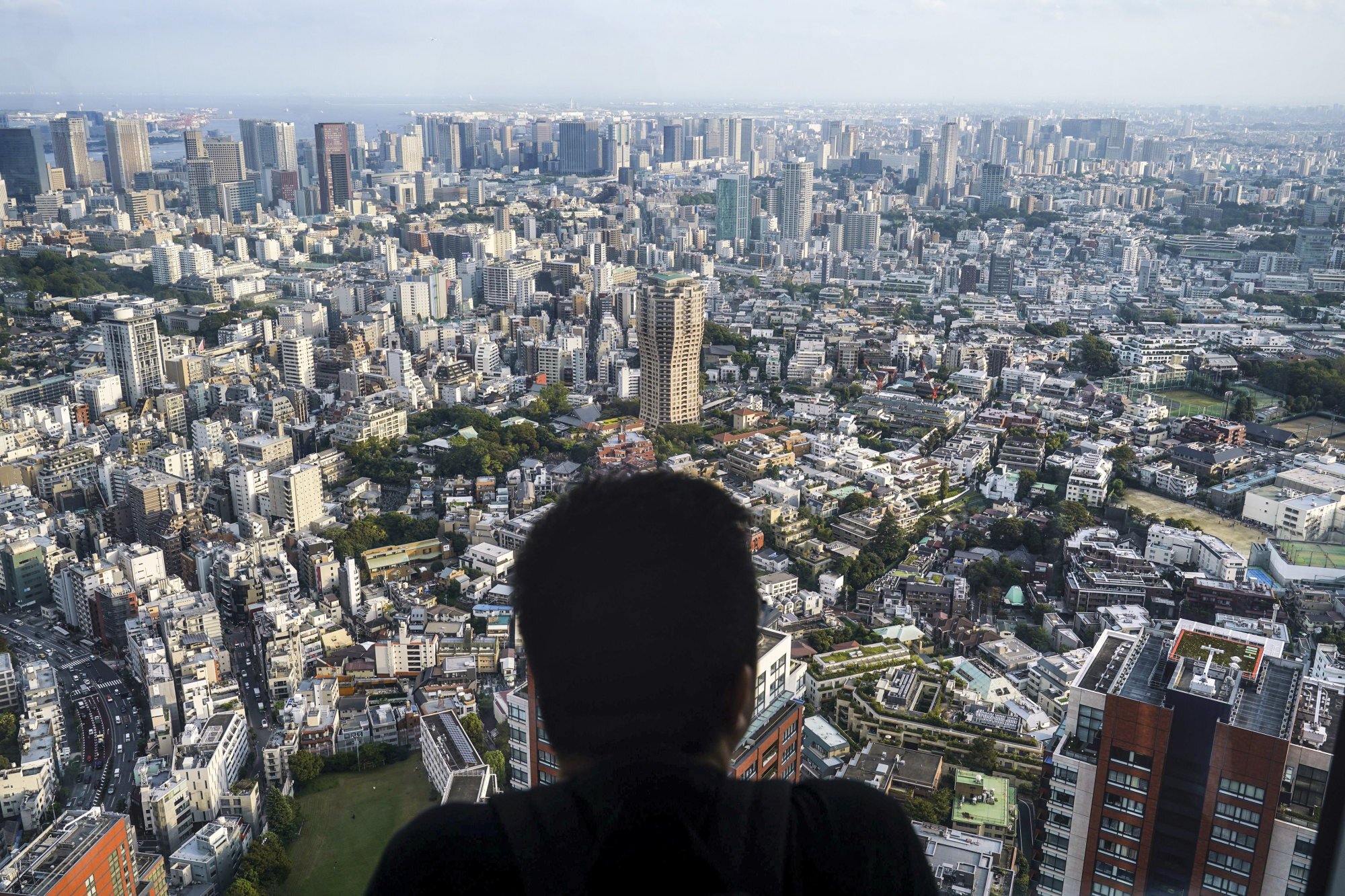
Is build to rent the answer to Asia’s housing problems? Not so fast
- Rental housing is an attractive investment in a recessionary environment, and benefits from pandemic-induced concerns about future demand for office properties
- However, the interests of corporate landlords may still conflict with those of governments, which are under pressure to lower the cost of housing
House prices rose almost 20 per cent in the 12 months through to the end of January, fuelled by record low interest rates. The political imperative to address concerns about the housing market – not just rapidly eroding affordability, but also the factors contributing to the chronic shortage of reasonably priced and decent housing – is evident across the world, but is particularly pronounced in Asia.
Unsustainable growth in house prices is one of the key drivers of demand for private rented accommodation, along with urbanisation, shifts in demographics, and the fact that younger generations in Asia are taking longer to settle down and start families.
The multifamily sector – apartments that have been built and designed specifically for the demands of the private rented sector, and are professionally managed and leased to a variety of tenants – is well established in the United States, and has grown rapidly in Britain, where it is known as build-to-rent, over the past several years.
According to real estate consultant RCA, apartments cemented their dominance of US commercial property investment activity last year, accounting for nearly 40 per cent of transaction volumes.
In Asia, by contrast, the share currently stands at less than 10 per cent, compared with almost 25 per cent in Europe. Yet, the low share masks important shifts in investment activity in Asia, some accentuated by the Covid-19 pandemic.
Moreover, global asset managers are under growing pressure to diversify their portfolios in a world starved of yield.
While allocations to higher-return real estate are rising, mainstream asset classes, such as offices (and, more recently, sought-after logistics properties), have become fiercely competitive, driving rental yields down further. This increases the relative appeal of the multifamily sector, which, while lower-yielding, is less volatile.
Indeed, in Japan, the most mature institutional rental housing market in Asia, yields on prime multifamily assets in Tokyo are slightly higher than their office counterparts. This provides investors with an opportunity to capitalise on further yield compression, one of the factors that contributed to a flurry of deals in the sector last year, led by private equity fund Blackstone.
Investors and developers are increasingly active in other major cities in Asia, notably in mainland China and Australia, where purpose-built rental accommodation remains a nascent asset class.
In Australia, meanwhile, New South Wales recently introduced land tax discounts and foreign investor surcharge exemptions for build-to-rent developments.
Last month, Greystar, the US rental housing specialist, announced it had raised US$1 billion for an Australian multifamily fund focused on the Sydney and Melbourne markets, backed by Dutch pension manager APG and Ivanhoé Cambridge, the property investment arm of Québec’s pension fund.
Adam Pillay, senior managing director for Asia-Pacific at Greystar, says the surge in institutional investment in multifamily assets in the region is “a great validation of the [multifamily] thesis”. Yet, even he admits that “there has been more hype around multifamily than deals getting off the ground”.

JLL estimates that, even after a sharp increase in supply in Shanghai and Beijing in the next two years, Tokyo and Osaka alone will still account for 85 per cent of the available stock of multifamily units in the region by the end of 2023.
Second, just as the New Zealand government’s decision to compel the central bank to take account of property values when setting policy is not going to solve the underlying problems of the country’s housing market, more purpose-built rental accommodation in Asia is not going to address concerns about affordability.
While multifamily properties set new standards in private rental housing, professionalising the management of apartments and providing best-in-class services and amenities, the interests of corporate landlords – whose ultimate objective is to sell their assets at a profit – can easily conflict with those of governments, which are under pressure to lower the cost of housing.
Still, given the resilience of multifamily properties, and the problems bedevilling traditional commercial real estate, Asia’s rental residential sector is likely to retain its allure.
Nicholas Spiro is a partner at Lauressa Advisory

